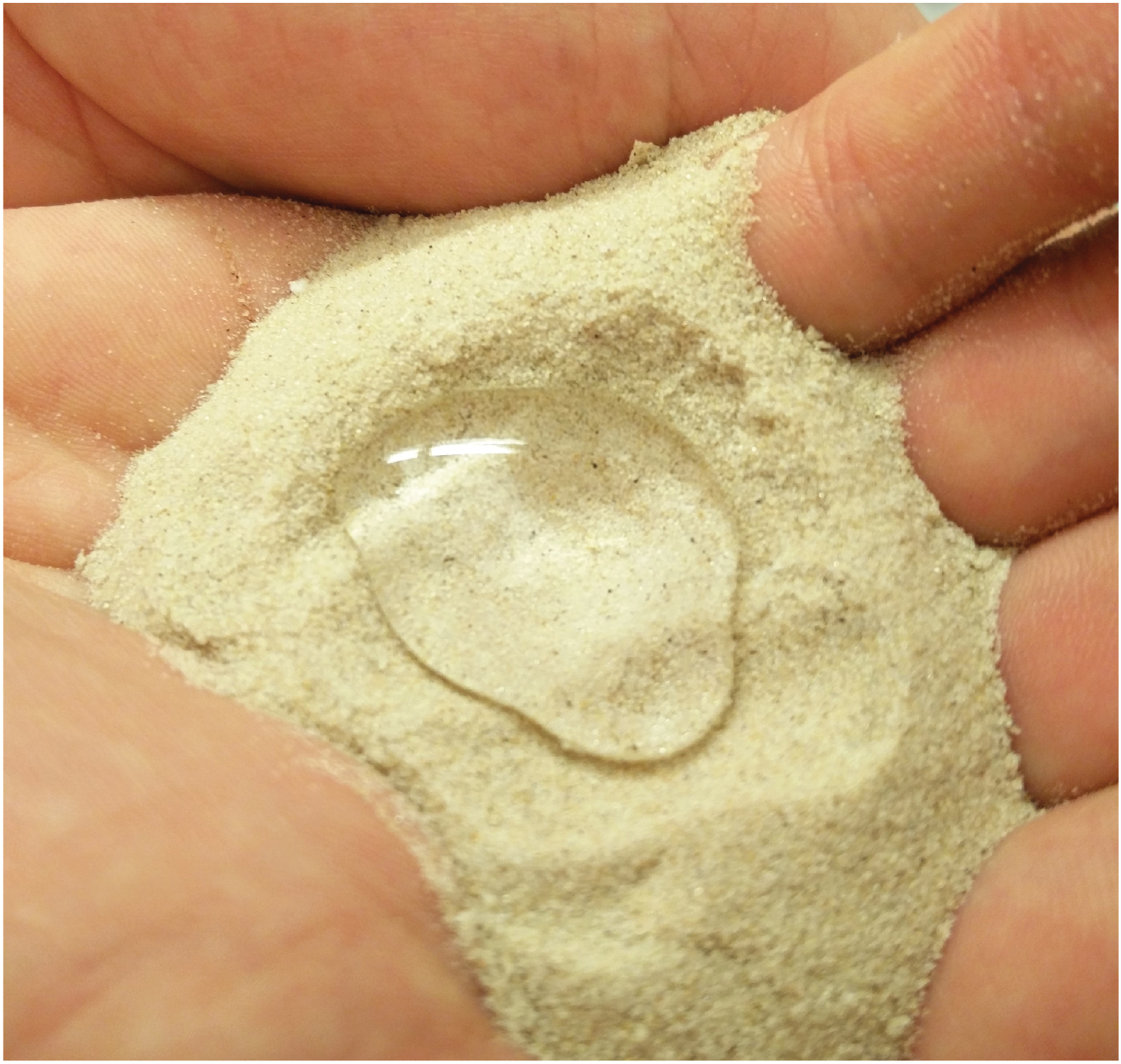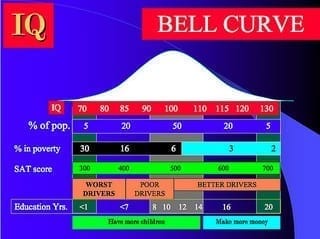
Researchers have some bad news for future farmers and eaters: As carbon dioxide levels rise this century, some grains and legumes will become significantly less nutritious than they are today.
The new findings are reported in the journal Nature. Eight institutions, from Australia, Israel, Japan and the United States, contributed to the analysis.
The researchers looked at multiple varieties of wheat, rice, field peas, soybeans, maize and sorghum grown in fields with atmospheric carbon dioxide levels like those expected in the middle of this century. (Atmospheric CO2 concentrations are currently approaching 400 parts per million, and are expected to rise to 550 ppm by 2050.)
The teams simulated high CO2 levels in open-air fields using a system called Free Air Concentration Enrichment (FACE), which pumps out, monitors and adjusts ground-level atmospheric CO2 to simulate future conditions. In this study, all other growing conditions (sunlight, soil, water, temperature) were the same for plants grown at high CO2 and those used as controls.
The experiments revealed that the nutritional quality of a number of the world’s most important crop plants dropped in response to elevated CO2.
The study contributed “more than tenfold more data regarding both the zinc and iron content of the edible portions of crops grown under FACE conditions” than available from previous studies, the team wrote.
“When we take all of the FACE experiments we’ve got around the world, we see that an awful lot of our key crops have lower concentrations of zinc and iron in them (at high CO2),“ said University of Illinois plant biology and Institute for Genomic Biology professor Andrew Leakey, an author on the study. “And zinc and iron deficiency is a big global health problem already for at least 2 billion people.”
Zinc and iron went down significantly in wheat, rice, field peas and soybeans. Wheat and rice also saw notable declines in protein content at higher CO2.
“Across a diverse set of environments in a number of countries, we see this decrease in quality,” Leakey said.
Nutrients in sorghum and maize remained relatively stable at higher CO2 levels because these crops use a type of photosynthesis, called C4, which already concentrates carbon dioxide in their leaves, Leakey said.
“C4 is sort of a fuel-injected photosynthesis that maize and sorghum and millet have,” he said. “Our previous work here at Illinois has shown that their photosynthesis rates are not stimulated by being at elevated CO2. They already have high CO2 inside their leaves.”
More research is needed to determine how crops grown in developing regions of the world will respond to higher atmospheric CO2, Leakey said.
“It’s important that we start to do these experiments in tropical climates with tropical soils, because that’s just a terrible gap in our knowledge, given that that’s where food security is already the biggest issue,” he said.
The Latest on: Crop nutrition
[google_news title=”” keyword=”Crop nutrition” num_posts=”10″ blurb_length=”0″ show_thumb=”left”]
via Google News
The Latest on: Crop nutrition
- Cassava: The perilous past and promising future of a toxic but nourishing cropon May 1, 2024 at 5:36 am
The three staple crops dominating modern diets – corn, rice and wheat – are familiar to Americans. However, fourth place is held by a dark horse: cassava. While nearly unknown in temperate climates, ...
- ADM beats profit estimate, Nutrition and soy crushing loweron April 30, 2024 at 8:23 am
Midland beat market estimates for first-quarter 2024 profit on Tuesday, citing lower energy and manufacturing costs as it seeks to move on from accounting issues that triggered U.S. government probes ...
- Crop Watch: Brown rust alert in wheat and bean fungicideson April 30, 2024 at 2:04 am
In a season that continues to bring surprises, brown rust is being seen much earlier than usual in some wheats, with the most severe cases being in early ...
- Bioceres Crop Solutions Corp BIOXon April 29, 2024 at 5:00 pm
Morningstar Quantitative Ratings for Stocks are generated using an algorithm that compares companies that are not under analyst coverage to peer companies that do receive analyst-driven ratings ...
- 2024 1st-Crop Sires by Progeny Earningson April 29, 2024 at 2:36 am
For stallions that stand, will stand, or stood (deceased/pensioned) in the selected region and have runners in North America. Exported sires are excluded. Listed below are all available Northern ...
- 2024 3rd-Crop Sires by Progeny Earningson April 28, 2024 at 12:37 am
For stallions that stand, will stand, or stood (deceased/pensioned) in the selected region and have runners in North America. Exported sires are excluded. Listed below are all available Northern ...
- 90 Walkers Come Out for Crop Walk for Hungeron April 26, 2024 at 4:42 pm
On a balmy 65 degree night over 90 walkers came out to walk the “Jefferson Mile” to support hungry people across the globe on Wednesday, April 24th. They were learning about hunger, ...
- Argentina Crop Protection Market: Export and Import Tax Updateon April 25, 2024 at 4:40 pm
ABG Advisor Diego Taube shares his insights into Argentina’s crop protection market and what you need to know to do business there.
- Nutrition-packed fava beans: Use them for purees, pastas, saladon April 24, 2024 at 12:05 pm
Fava beans are one of the most ancient plants and among the easiest to grow. They’re key in Mediterranean and Middle East food cultures.
- Corn crop conditions improve as acres and prices declineon April 23, 2024 at 3:50 pm
Corn prices down, acres in Texas and across U.S. are expected to follow as improved overall conditions could deliver above average yields.
via Bing News










